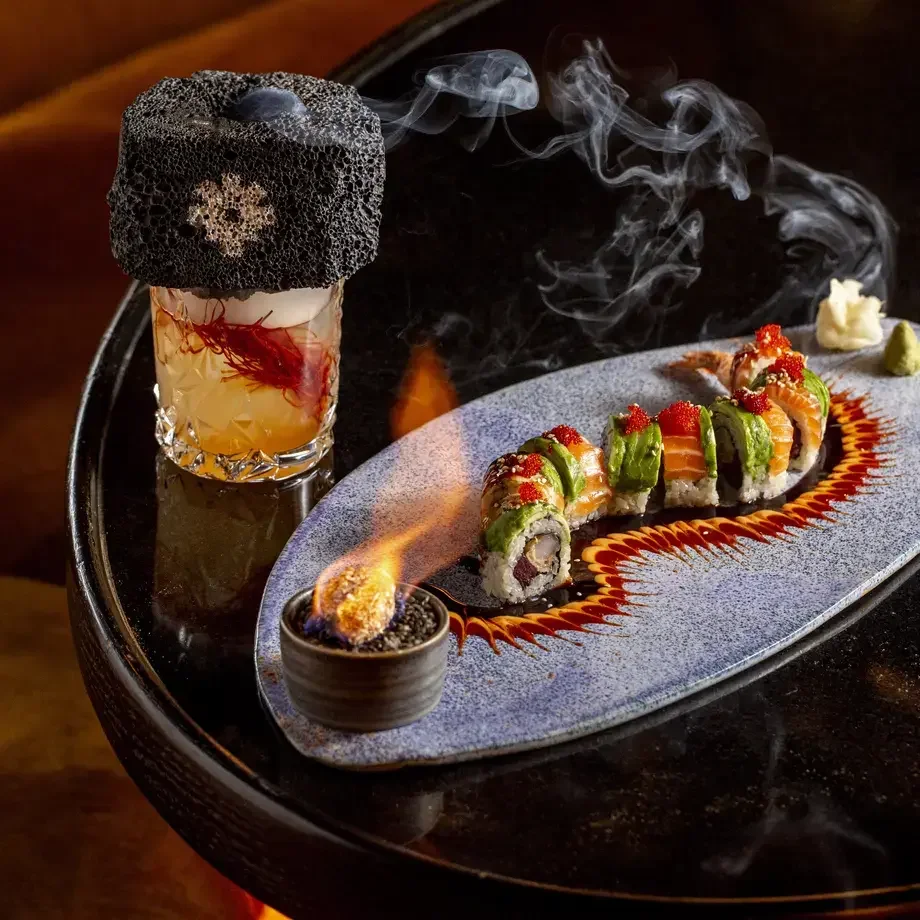Quinoa has caused some confusion in the Paleo community. Seeds make it onto the paleo food list, but grains are banned. So, which is quinoa? Well, it’s complicated. Quinoa is harvested from the goosefoot plant, which is more closely related to spinach and beets than to cereal, so it’s technically not a grain. Often referred to as a ‘superfood’, it is gluten free, rich in vitamins and minerals, and is one of a handful of plants that provide all essential amino acids.
But is quinoa Paleo? Unfortunately not. Quinoa belongs to a group known as ‘pseudo grains’, which are not actually related to cereals, but act like them in a number of important ways, and this means they are not included in a strict Paleo diet. Firstly, they are high in carbohydrates, making them particularly unsuitable for anyone trying to lose weight, and secondly, they contain several ‘anti-nutrients’, proteins and acids that prevent the body from absorbing nutrients and are believed to irritate the digestive tract.
That said, Paleo guru Dr Cordain has said that it isn’t necessary to be too strict with pseudo grains. They are considered a healthier option than true grains, and some see them as a useful stepping stone while cutting grains from your diet. Others follow what is referred to as an 80 / 20 plan, which means adhering to a strict Paleo diet 80% of the time, and relaxing the rules for the remaining 20%, which would allow for eating quinoa on certain occasions. Plus, if you’re considering a Paleo vegan diet, quinoa may be an acceptable ‘cheat’ to ensure you get enough protein.
What is a Paleo diet?
The Paleo diet was popularised in the early twenty-first century by the books of Dr Loren Cordain, and continues to take the culinary world by storm, with celebrity endorsements and high-end Paleo restaurants appearing around the globe. But what is Paleo? Sometimes known as the Stone Age diet, the caveman diet, or the hunter-gatherer diet, Paleo means going back to our foodie roots and adopting the eating habits of our ancestors.
The idea is that the human body is designed to process certain foods better than others, and when humans took up farming around 10,000 years ago, our diet changed so drastically and so quickly that evolution was unable to keep pace. This, it is claimed, means that our bodies struggle to cope with a lot of the things we eat, leading to health problems like obesity, heart disease and diabetes, as well as chronic digestive conditions like coeliac and crohn’s disease.
Paleo means recreating the hunter-gatherer diet of our earliest ancestors, who first evolved during the Palaeolithic era (hence, ‘Paleo’), around 500,000 years ago.
What types of foods are allowed on the Paleo diet?
- plenty of fruit
- vegetables
- nuts
- seeds
- lean meat
- lots of fish
What types of foods should you avoid on the paleo diet?
Foods introduced by farming are now off the menu:
- no crop plants like potatoes
- no legumes or grains and their derivatives (e.g. bread and pasta)
- no dairy products
- refined sugar
- processed foods
What are the benefits of following a paleo diet?
Followers of Paleo report various health benefits, these include:
- weight loss
- improved blood sugar control
- decreased risk of heart disease
But there are also some causes for concern. Many non-Paleo foods have important health benefits - whole grains are good for heart disease, legumes are rich in vitamin B1, and dairy is an important source of calcium. Some nutritionists warn that a Paleo diet could lead to nutrient deficiencies. As with any diet, if you are thinking of going Paleo, please consult a healthcare professional first.













